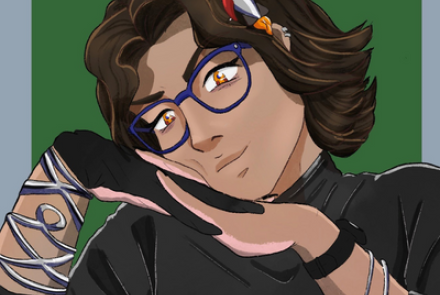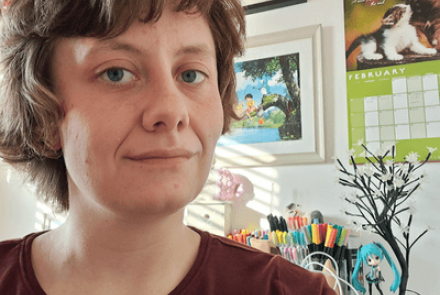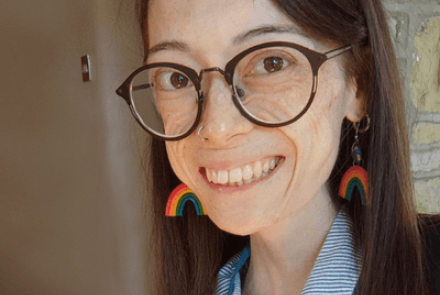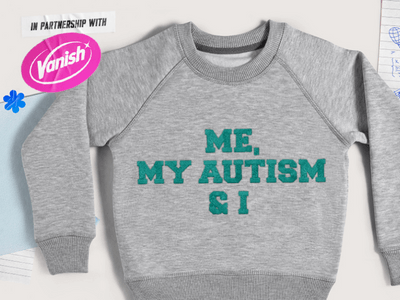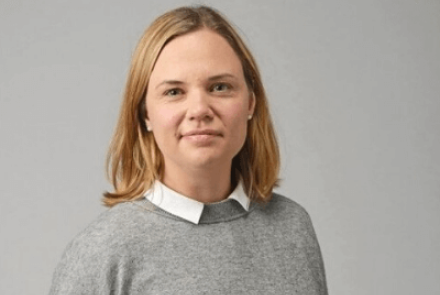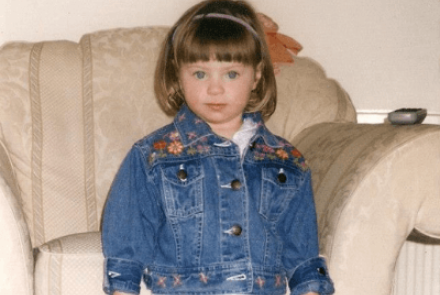The gender gap in autism
Autism is a lifelong developmental disability which affects the way a person communicates and how they experience the world around them. It is described as a spectrum condition because while autistic people share certain characteristics, they are highly individual in their interests, needs and preferences. Some autistic people live independently, but others need additional support.
When the earliest studies of autism were being carried out in the 1940s, the research involved many more autistic boys than girls, leading some to incorrectly view autism as a condition that only affected males. We now know that people of all genders can be autistic. However, autism is still diagnosed between three and four times more often in boys compared to girls, on average (Loomes et al., 2017). Girls on average tend to be diagnosed 1.8 years later than boys, and it can take longer for them to get a diagnosis after parents or teachers first raise concerns (Begeer et al., 2013). In other words, autistic girls are more likely to be ‘missed’ until later in life – even until adulthood.

Theories about the autism gender gap
Research about autism is evolving all the time and there are several theories as to why fewer women and girls are diagnosed as autistic. Some research says women are less likely to be autistic due to genetic and environmental factors (Robinson et al., 2013). However, there may also be biases that prevent girls from receiving an autism diagnosis, even though they are autistic.
One reason for this is that some autistic girls present differently to the ‘typical’ way that we think about autism. For instance, many autistic people have very intense interests around certain topics, which can give them a lot of joy. ‘Typical’ examples of these would be trains, or bus timetables, which are often thought of as stereotypically male and different to non-autistic children’s interests. However, many autistic girls have interests that are similar in type to girls their age, such as animals or TV shows. Although these are much more intense than non-autistic girls’ interests, they might not be picked up as autistic interests, and so might not be included when considering whether a child should be referred for an autism assessment.
“I thought that I was (autistic) for a long time but always decided I couldn't be because of one point which was that I understood autistics have no empathy and I drown in empathy. When I learned that this diagnosis is based on males and females can present differently including a lot of empathy it opened the door.” Paula, 50, autistic woman.

Masking
Girls may also mask their autism more than boys do, hiding differences or difficulties, and causing less disruption, so that other people don’t realise they are struggling. Masking involves copying the behaviour and manners of others, while hiding things that might be seen as ‘different’. For example, a girl might hide sensory sensitivities at school to avoid being teased, which can mean they look ‘less autistic’ at school than at home. However, boys can also mask their autism.
“I was seen as shy and quiet and never needed help with schoolwork. I was academically ok, so nobody noticed my social struggles. Girls can easily disappear in the crowd when they are quiet.” Leanne, 37, first thought she was autistic age 28.
Masking your true self has been associated with poor mental health outcomes for autistic people. Autistic people experience much higher levels of mental health problems, particularly anxiety and depression, compared to non-autistic people. Autistic girls in particular often have very high levels of depression, bipolar or personality disorders, and eating disorders. Research suggests that some mental health conditions such as eating disorders may work differently for autistic people, meaning the usual treatments are not as effective (Brede et al., 2020). This can be particularly challenging because these mental health conditions can ‘overshadow’ autism, meaning it is harder for girls to receive appropriate support for both their mental health and their autism.
“Boys' crisis moments tend to be more outward, aggressive, noticeable and stereotypically considered "autistic" whereas girls crises tend to be more inward, appear passive and are judged as mental health so as sent down the wrong pathways or given a lower priority for assessment.” Anonoymous, 35, first thought she was autistic age 15.
Gender stereotypes and social expectations also play a role in the under diagnosis of females. Some describe feeling pressure to conform to the female gender stereotype of being a ‘better’ social communicator, more compliant and amenable. For this reason, some feel the need to supress their natural autistic ways of thinking, being and communicating.
“The gendered history of autism cannot be ignored, and sexism and influence of the patriarchy affects autism research like any other field.” Al, 23, first thought they were autistic age 12.
Looking to the future
Receiving a diagnosis of autism can be life-changing – it can help everything make sense and give autistic people and their families strategies to make life easier. In a survey by Ambitious about Autism, 85% of autistic women said their lives were easier and better since getting a diagnosis. However, waiting lists for autism assessments are still very long, with many families waiting for two years or longer from first being referred to a specialist, to getting an outcome for their child. This can make life harder when families are already struggling and looking for support. Having shorter waiting times, and more support during and after the diagnostic process, would help families during this time. Ambitious about Autism is working with autistic young people to help them make sense of their autistic diagnosis.
“There should be more research about girls, women, and non-binary people that are autistic.” Gabriel, 20, first thought he was autistic age 6.
Every autistic person is different so it's vital that diagnosticians and clinicians, as well as parents, teachers and the general public, move away from outdated stereotypes and focus on the individual. Increasing awareness of autistic girls and non-binary people will reduce stigma and produce a society in which autistic girls and women can flourish. We need to keep building our understanding of the great and diverse range of autistic people, so they can be heard, seen, and supported.
About the authors
This article was written collaboratively by Dr Laura Hull and Ambitious about Autism, using the views and experiences of autistic girls, woman and non-binary people. Dr Laura Hull is a researcher focusing on the mental health of autistic children and young people, with a particular interest in the experiences of girls and women. She has co-written a book (Autism and Masking) to help autistic people and those who support them understand more about masking and the impacts it can have.
References
Loomes, R., Hull, L., and Mandy, W. P. L. (2017). What is the male-to-female ratio in autism spectrum disorder? A systematic review and meta-analysis. Journal of the American Academy of Child and Adolescent Psychiatry, 56(6), 466–474.
Begeer, S., Mandell, D., Wijnker-Holmes, B., Venderbosch, S., Rem, D., Stekelenburg, F., and Koot, H. M. (2013). Sex differences in the timing of identification among children and adults with autism spectrum disorders. Journal of Autism and Developmental Disorders, 43(5), 1151–1156.
Robinson, E. B., Lichtenstein, P., Anckarsäter, H., Happé, F., and Ronald, A. (2013). Examining and interpreting the female protective effect against autistic behavior. Proceedings of the National Academy of Sciences, 110(13), 5258–5262.
Brede, J., Babb, C., Jones, C., Elliott, M., Zanker, C., Tchanturia, K., Serpell, L., Fox, J., and Mandy, W. (2020). “For me, the anorexia is just a symptom, and the cause is the autism”: Investigating restrictive eating disorders in autistic women. Journal of Autism and Developmental Disorders, 50(12), 4280–4296.
Vanish are donating 25p from every pack of Vanish Gold Range sold in UK Asda stores between 29th March and 18th April to Ambitious about Autism, to help create a world where autistic girls and young people are heard, included and supported.
Vanish have provided neurodiversity training to their employees and talent and acquisition teams to establish more inclusive hiring policies. Alongside the creation of an internal neurodiversity handbook. They will also offer employee volunteer days with Ambitious about Autism to continue to build an ongoing relationship, having committed to 3 years of activity for World Autism Acceptance Week.
Vanish is committed to helping clothes live longer and believe that every garment you own should bring you comfort again and again. Find out more about our #Rewear fight here.



